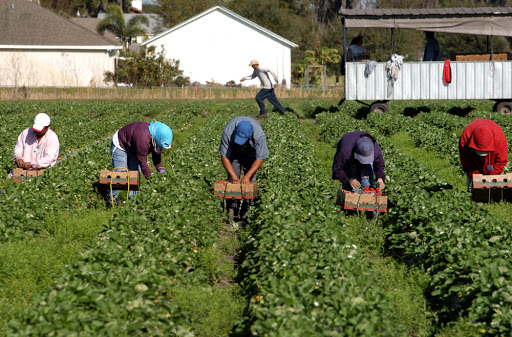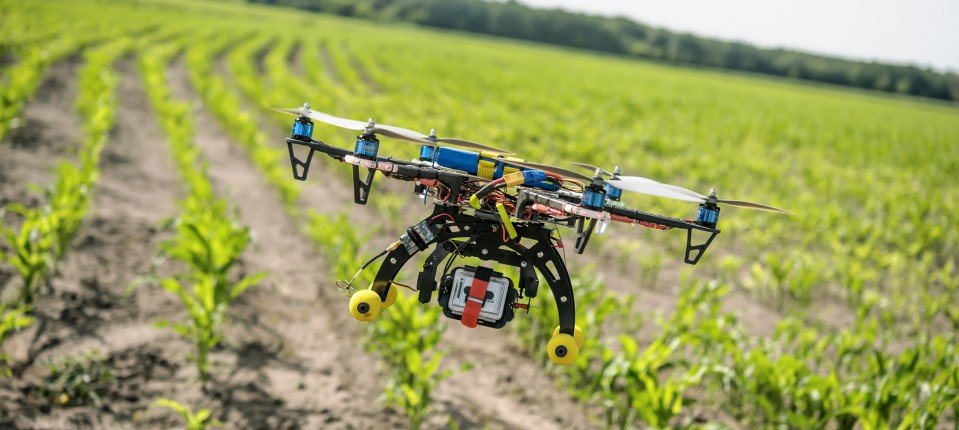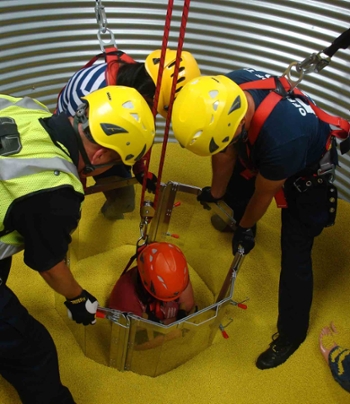Farm safety net programs saw a record signup this go-around.
Producers signed a record 1.77 million contracts for the U.S. Department of Agriculture’s Agriculture Risk Coverage (ARC) and Price Loss Coverage (PLC) programs for the 2019 crop year, which is more than 107 percent of the total farm safety net contracts signed compared with a 5-year average. USDA also reminds producers that June 30 is the deadline to enroll in ARC and PLC for the 2020 crop year.

and prices in the dumper, is anyone surprised by that? (Photo from agweb.com)
“Producers for several years have experienced low commodity prices, a volatile trade environment and catastrophic natural disasters,” said Richard Fordyce, Administrator of USDA’s Farm Service Agency (FSA). “Farmers looking to mitigate these risks recognize that ARC and PLC provide the financial protections they need to weather substantial drops in crop prices or revenues.”
Producers interested in enrolling for farm safety net programs in 2020 should contact their FSA county office. Producers must enroll by June 30 and make their one-time update to PLC payment yields by September 30.
FSA attributes the significant participation in the 2019 crop year ARC and PLC programs to increased producer interest in the programs under the 2018 Farm Bill and to an increase in eligible farms because of the selling and buying of farms and new opportunities for beginning farmers and military veterans with farms having 10 or fewer base acres. Enrollment for 2019 ended March 16.
USDA Service Centers, including FSA county offices, are open for business by phone only, and field work will continue with appropriate social distancing. While program delivery staff will continue to come into the office, they will be working with producers by phone and using online tools whenever possible. All Service Center visitors wishing to conduct business with the FSA, Natural Resources Conservation Service or any other Service Center agency are required to call their Service Center to schedule a phone appointment. More information can be found at farmers.gov/coronavirus.
For more information on ARC and PLC, download the program fact sheet or the 2014-2018 farm bills comparison fact sheet. Online ARC and PLC election decision tools are available at www.fsa.usda.gov/arc-plc. To locate the nearest USDA Service Center, visit farmers.gov/service-center-locator.









